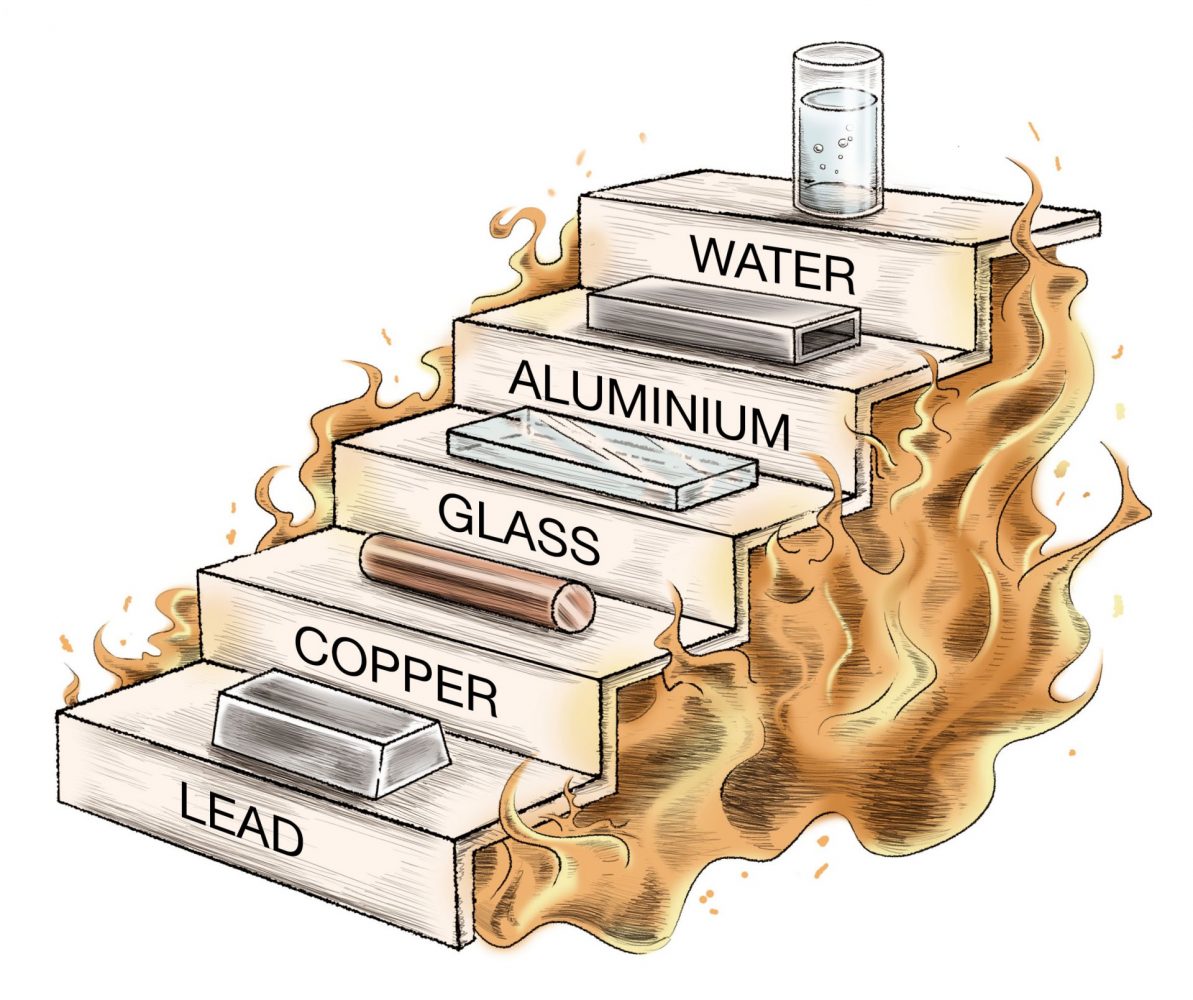Get Tech Tips
Subscribe to free tech tips.
Nomenclature and How to Use It
Nomenclature on HVAC/R equipment is a sequence of numbers and letters a manufacturer uses to speak directly to the technician. Lots of initial upfront information is handed to the technician by the manufacturer the moment the technician reads the nomenclature in the model and serial numbers.
So, how do we make sense of these seemingly random sequences of alphabetical/numerical characters? All manufacturers have developed their own unique “languages” of sorts when it comes to their equipment. Let’s take a look at several different examples.
Carrier

Goodman

Mitsubishi

Trane

Now, let’s take a look at all the different information these model numbers can give us. Across the manufacturers listed as examples, we can find information about product series, type of equipment, SEER, cooling/heating capacity, grille variations, voltage, configuration, cabinet dimensions, type of motor, airflow capacity, refrigerant type, efficiency, etc.
Understanding the importance of the information in model numbers is essential and can save a lot of time in diagnosis and installation. Serial numbers, too, contain valuable information. Most manufacturers don’t publish the nomenclature for serial numbers because it’s mostly used for warehouse and warranty tracking, but a few helpful tips per manufacturer are:
Carrier: The first two numbers in the serial number indicate the week of the year the equipment was manufactured. The third and fourth numbers indicate the year of manufacturing.
Goodman: The first two numbers in the serial number indicate the year of manufacturing. The third and fourth numbers indicate the week of the year it was manufactured.
Trane: Typically has the year of manufacturing printed elsewhere on the data tag
Mitsubishi: The first number in the serial number indicates the year of manufacturing. You must assume the decade. (For example, an “8” could mean the equipment was manufactured in 2008 or 2018.)
Bottom Line
Always take a moment to familiarize yourself with the manufacturer's model/serial number nomenclature. The information you find will help you understand the system more fully and can help speed up the diagnosis/installation process.
—Kaleb










Comments
To leave a comment, you need to log in.
Log In